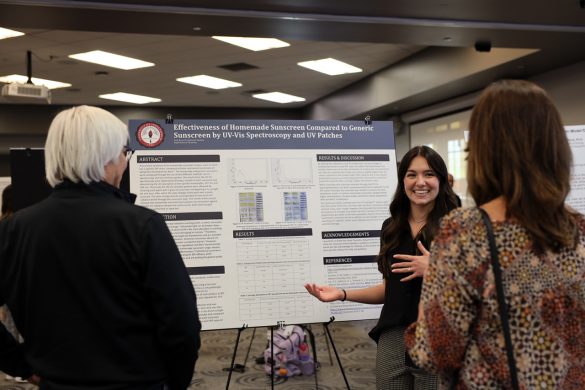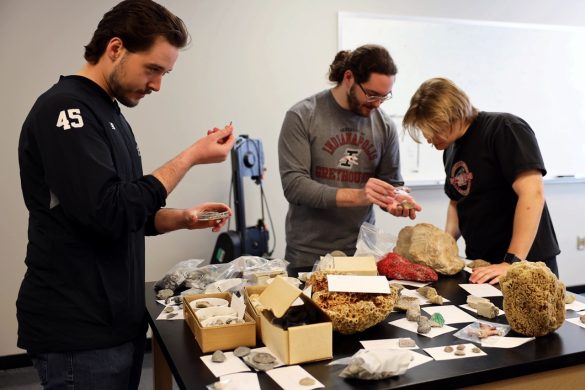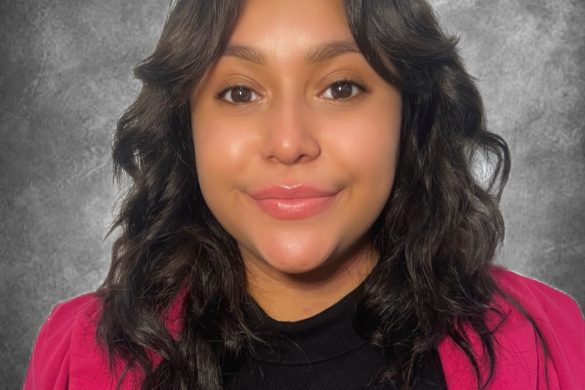Holidays are a big deal in Colombia, as a Catholic and Latin American country. Especially Christmas, New Year’s Eve and Carnival. According to Assistant Professor of Spanish Eduard Arriaga, who is originally from Colombia, it is custom for large, extended families to hold loud, energetic parties long into the night on Christmas Eve.
“We get together around 6 [p.m.] and spend the night with the whole family, and we open up presents,” Arriaga said. “After midnight, you start drinking and dancing with your family. That’s Christmas in Colombia.”
A tradition in Colombia known as Novenas, which lasts during the nine days leading up to Christmas is a form of worship in which family members will meet each day from Dec. 16 until Dec. 25, according to Arriaga. When families gather for Novenas, it is to pray, primarily, but it is also for the chance to share dishes and food with one another.
For New Year’s Eve in Colombia, the custom is to make a ragdoll and then stuff it with regrets from the previous year, along with wishes for the upcoming year. The practice is similar to the way Americans often make New Year’s resolutions, but with a physical object, according to Arriaga. Apart from the typical Colombian traditions, Arriaga and his family also have a few traditions of their own to have more fun.
“On New Year’s Eve, we will get out suitcases and start running around the block,” Arriaga said. “It’s supposed to show that you will be travelling for the whole year. We do a lot of things like to have fun, not really as a belief or out of practice.”
According to Arriaga, there a many noticeable difference between U.S. and Colombian celebrations.
“Up here [the United States and Canada], it [Christmas] seems to be more about buying things,” Arriaga said. “Over here families tend to celebrate on their own. But in Colombia, it’s often extended family and sometimes even neighbors. Probably because of the weather, but Christmas here tends to be more of an indoor thing. In Colombia, there might be indoor and outdoor activities going on.”
Along with most other Latin American countries, Colombia participates in Carnival. However, there are several different Carnivals in Colombia, not just one. The “Feria de Cali” is held in Cali, Colombia, from Dec. 25 to New Year’s Eve. It is known for its masquerades, horse parades and Salsa dancing marathons, according to feriadecali.com. The Carnaval de Negros y Blancos is held in San Juan de Pasto, Colombia, and is held during the first week of January; it celebrates the history of black slaves during the Spanish rule of Colombia. Participants in Carnaval de Negros y Blancos will paint their faces either black or white as they celebrate with parades running through the street, according to unesco.org. The Feria de Manizales which is celebrated in Manizales, Colombia, draws in crowds to primarily celebrate music and watch bullfights, an old Hispanic tradition, according to Arriaga.
One of the most important Carnivals in Colombia is the Carnaval de Baranquilla. The Carnival in Baranquilla, Colombia, takes place during the week that leads up to Lent. Colombia’s Carnaval de Baranquilla is ranked as the second largest in the world, behind Rio de Janeiro’s, according to donquijote.org. Another popular Carnival in Colombia is the Carnaval de Riosucio, which is commonly called “Carnaval del Diablo” (Carnival of the Devil). Held in Riosucio, Colombia, only biannually, the Carnaval de Diablo is the biggest claim to fame for the small town; the Carnival’s purpose is to make a mockery of the Devil, according to Arriaga.
Arriaga said that Colombia is known across the world as the happiest country, and all the celebrations throughout the year help to make it that way.







